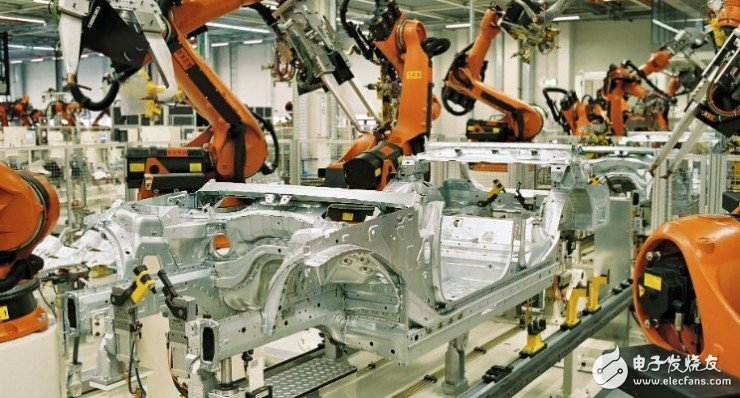In recent years, more and more people have started talking about Industry 4.0. Automation, the Internet of Things, big data, cloud computing and information physics fusion systems... Just like the first steam engine of the industrial revolution, Industry 4.0 comes with a lot of labels. In fact, Industry 4.0 is one of the ten future projects proposed by the German government in the German 2020 High Technology Strategy. The goal of the Germans is to increase the level of intelligence in manufacturing and to build smart factories with adaptability, resource efficiency and genetic engineering to integrate customers and business partners in business processes and value processes. Their wish list is very rich. But we must know that Industry 4.0 is not just a rigid target, it is not a cold term, it has swept the world with irresistible momentum. It is predicted that due to the strengthening of the internal links of the business sector, Industry 4.0 will benefit the entire production process, the most significant change is that smart factories will replace manual factories. The information physics fusion system strengthens the link between plant management and the underlying workers. They can manipulate the manufacturing process in real time and make decentralized decisions based on feedback from networked machines. Automated networks of machines and systems, as well as big data analytics, can help people anticipate possible failures and maintenance problems in the system and deal with them one by one – saving the company a lot of valuable time and money. In addition, these technologies have improved the way products are designed from the source, while changing the need for mass production and the product life cycle. So, who is driving this revolution? In recent years, the evolution of the Internet of Things has gone beyond the original category of "Internet connected with objects", which combines technologies including machine learning, embedded systems, and wireless connectivity. It is undeniable that the Internet of Things is very important for the development and progress of Industry 4.0 - the sensors of networked devices collect data in real time, which can help companies optimize the process of product manufacturing. By using advanced analytics, big data can be translated into far-reaching information to help companies achieve their established business goals. Cloud computing provides companies with flexible and affordable operations (such as telecommuting) that enable companies to better internalize and structure while looking for and analyzing the true value of big data. Smart machines like expert systems, digital assistants, and automated devices are changing the way products are manufactured. Advances in robotics and artificial intelligence are shifting industries from security to automation. There is no doubt that these emerging technologies will have a lot of negative impact on employees, but companies will also look for ways to get workers and computers to work together. Technology is in place and companies can quickly adapt to changes in the industry, and the future of Industry 4.0 looks very clear. It is predicted that by 2020, the factory will consist of one billion entities that connect. This is a huge leap – know that the current figure is only 230,700. Although the impact of Industry 4.0 is not immediate, I believe that after witnessing such an upward trend, more companies will want to seize the opportunity to invest, or else they will be hit by the waves on the beach. Power Bank With Cable,Samsung Mini Power Bank,Powerbank with Built in Cable,Portable Charger with Built in Cable Pogo Technology International Ltd , https://www.pogomedical.com